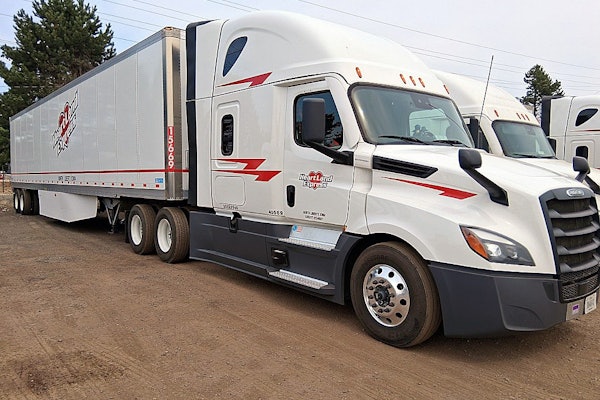Many maintenance management systems provided via the Web are accessible 24/7 from any computer with Internet access (allowing remote input by drivers) and don’t require user licenses or upgrades to install.
If all you use your maintenance software for is digitizing your shop paperwork, you are throwing away a great opportunity to leverage a relatively small investment into huge improvements in productivity and life-cycle value.
According to Dan Sobic, Peterbilt’s assistant general manager, maintenance management software should help fleet managers minimize downtime and unexpected repair costs, optimize equipment replacement-cycles, and make wise component, calibration and spec’ing decisions. Sobic has some suggestions for evaluating maintenance management systems:
- The program must be user-friendly. Technicians should be able to learn the system quickly and want to keep using it.
- Choose a system that is affordable for your operation, yet will grow with you as your business requirements evolve.
- Determine whether the system is compatible with your company’s current hardware and software.
- Web-based systems may meet your needs better than a software-based system. Many maintenance management systems provided via the Web are accessible at all times from any Internet-ready computer and don’t require user licenses or upgrades to install.
- Technical support is essential. Be sure the system provides support online or by telephone.
- Choose a system that is secure and features password protection.
- Select a system that will allow for future integration with coming technology, such as telematics and on-the-go vehicle diagnostics.
- Your maintenance management system should be structured to make data entry and use uniform, but flexible to let you use the data however you want.
- Reports should be easy to generate and provide you with a wide variety of analysis and comparison options between vehicles, engines, components, operators, etc.
- Data should give you a comprehensive look at your entire service operations, costs and history.
- The system should use or be compatible with the ATA-endorsed Vehicle Maintenance Reporting Standards (VMRS 2000), allowing you to track service and repairs with universal codes. This helps eliminate confusion, such as one technician using “generator” while another uses “alternator.”
- Make sure the system helps you maximize warranty life (for original equipment and aftermarket parts) by providing real-time tracking of all warrantable systems and components.
- Systems should have the ability to track other equipment, such as trailers.
- Data should be easy to store and retrieve. Remember, not only are maintenance management systems useful for tracking and controlling your service costs, they can also provide documentation useful for DOT audits, tax filing and proving service histories for maximum resale value.
The importance of these individual considerations differs from fleet to fleet, of course. A carrier that runs older equipment, for example, might be less concerned about the capability to maximize warranty life than one that buys new. Discussing your staff’s frustrations with your current maintenance management system should leave you with a good priority list.







